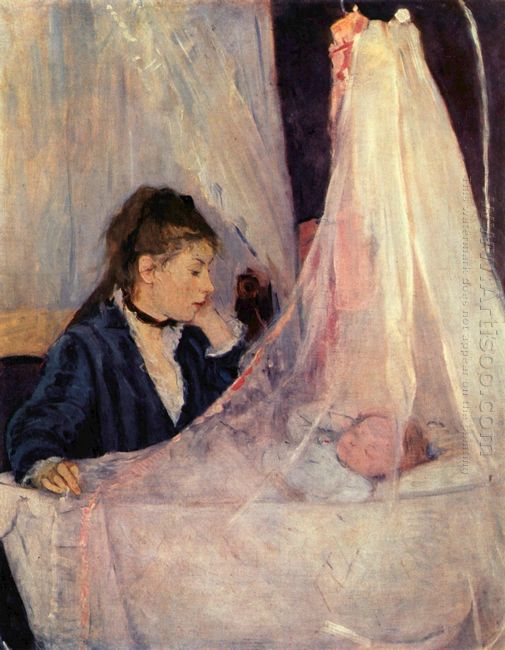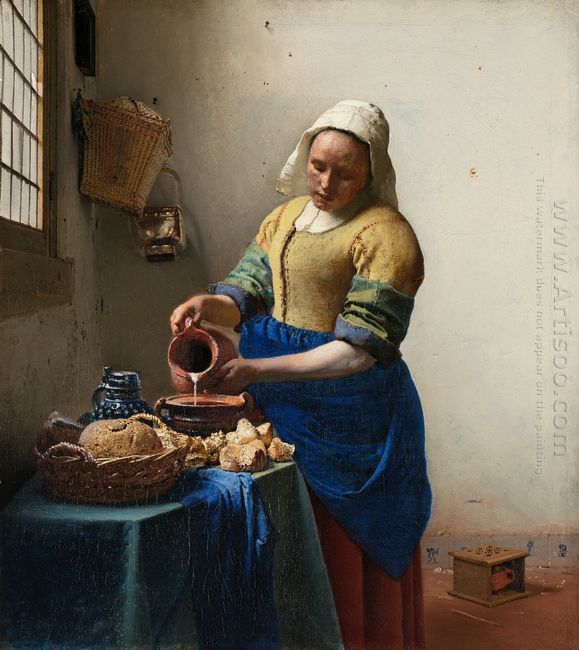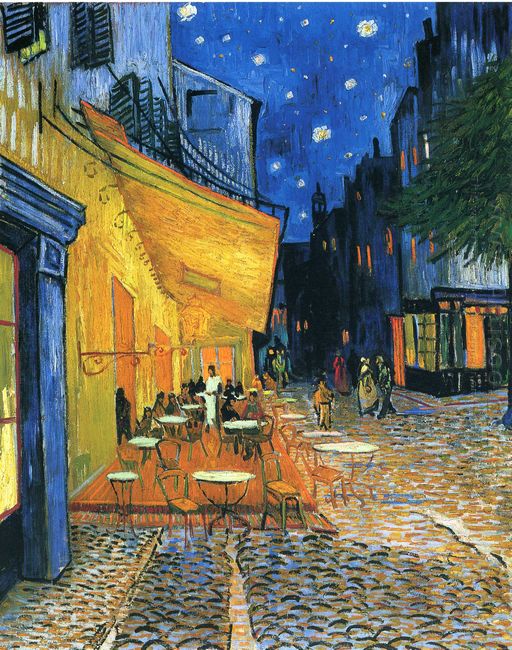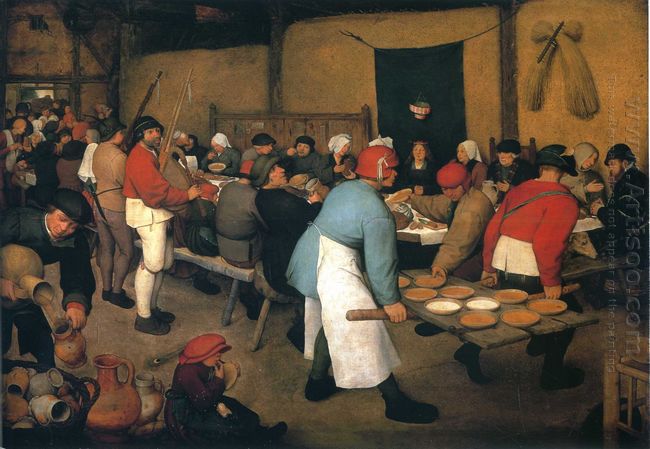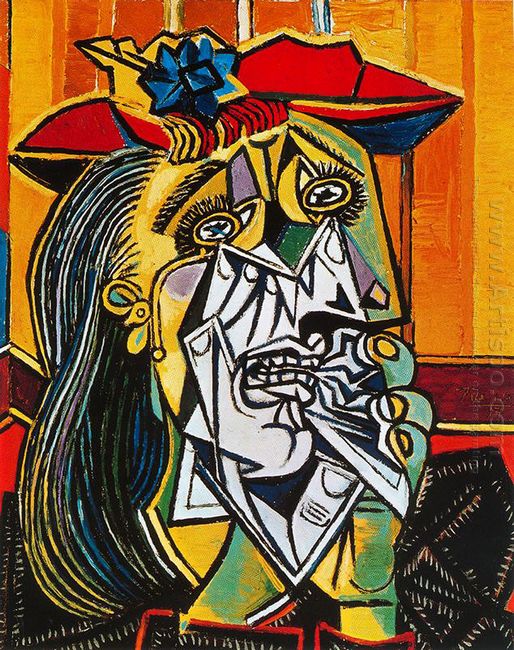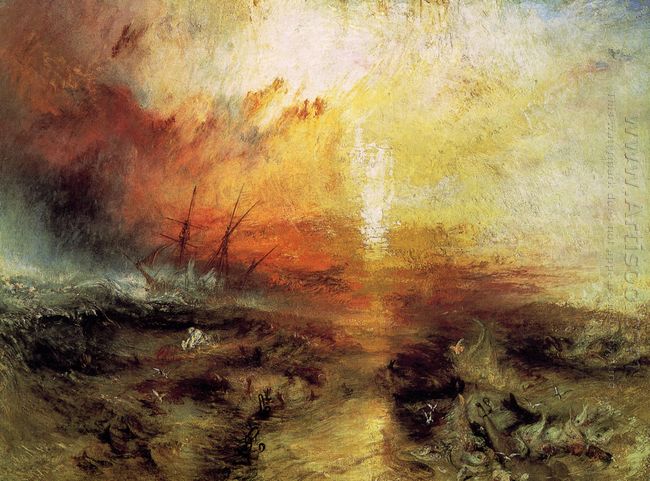Berthe Morisot (1841-1895) was a famous French Impressionist painter. She was one of only a handful of women who exhibited both at the famed Paris Salon and with the French Impressionists. Her works include landscapes, portraits, garden settings and boating scenes.
While the group of painters was criticized by the critics when participating in the first Impressionist exhibition in 1874, a young female painter received the more moderate treatment. The female painter was born in Paris, of a bourgeois family. Her name was Berthe Morisot. She was originally taught by the academic painter Guichard, then Camille Corot. In early 1860, Corot encouraged her to go to the museum to copy paintings and paint landscapes.
Her art works were placed in the important place in the official art exhibition held in 1864. Before long, introduced by the painter Henri Fantin-Latour, she got the chance to know Édouard Manet in the Louvre exhibition room. If this had not happened, she might be one member of classical academism. It was very important for both of them. Then Morisot became the model of some Manet's paintings, they were Berthe Morisot in 1872, The Balcony and others. At the same time Manet helped her a lot in the development of her own distinctive artistic style.
Owe to Manet, she later came to know Frederic Bazille, Monet and Renoir. Under their guidance, she mastered the essentials of the outdoors. In the Impressionist exhibition of 1874, she exhibited the painting The Cradle, in which she depicted current trends for nursery furniture, showing her sensitivity to fashion and advertising.
Berthe Morisot had participated in the first three Impressionist exhibitions. Due to health reasons, she was unable to participate in the exhibition of 1879. But in 1880, her ten paintings, four watercolors and one piece of painted fan were signed up for exhibition. In his oil paintings, landscapes and portraits were still equally excellent. The content that Morisot painted is what she experienced in daily life. Her paintings reflect t cultural restrictions of her class and gender in 19 century. She sometimes uses friends and family as painting models.

